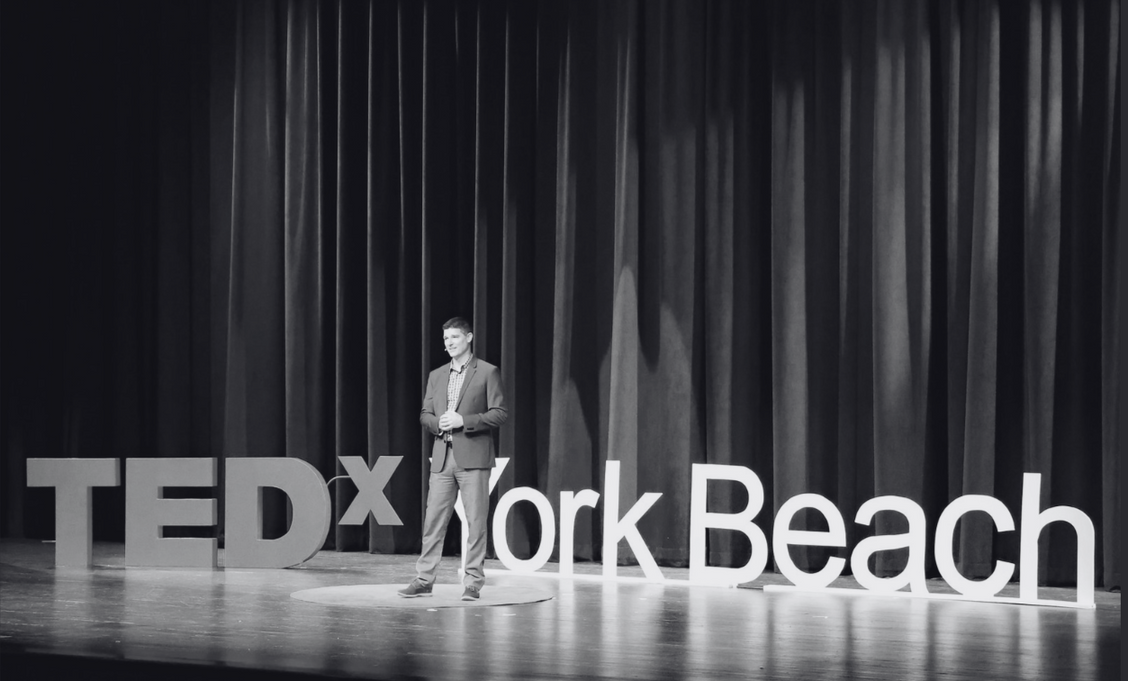
Post No. 006
March 2, 2024
Prioritizing People Over Things: Why Investing in Your Team Leads to Long-Term Success
In today's fast-paced world, where influence is the new currency and investment in people is considered the cornerstone of success, organizations must understand the impact of prioritizing people over things.

Growth
PEOPLE:
People are dynamic beings, capable of continuous growth and change. When organizations invest in people, they are investing in a resource that can adapt, learn, and evolve over time. This adaptability is crucial in today's rapidly changing business environment, where flexibility and innovation are key to staying ahead.
THINGS:
In contrast, things are often static and resistant to change. While things can be improved or upgraded, they lack the inherent capacity for growth and adaptation that people possess.
Development
PEOPLE:
THINGS:
The development of people is an ongoing process that is never fully completed or finished. Each individual has the potential to continue learning, growing, and improving throughout their life. This continual development can lead to increased skills, knowledge, and effectiveness in both personal and professional realms.
On the other hand, the development of things is often completed in a relatively set duration. Once a product is designed, manufactured, and released, its development cycle is typically finished. While updates and improvements can be made, the fundamental development process is finite.
Communication
PEOPLE:
People are inherently social beings who thrive on communication and interaction with others. When organizations prioritize people, they create a culture of open communication, feedback, and collaboration. This free flow of ideas and information can lead to increased innovation, creativity, and problem-solving.
THINGS:
Things, while they can convey information, provide minimal feedback and interaction compared to people. Communication with things is often one-way and limited to the data or feedback they are designed to provide.
PEOPLE:
People are inherently social beings who thrive on communication and interaction with others. When organizations prioritize people, they create a culture of open communication, feedback, and collaboration. This free flow of ideas and information can lead to increased innovation, creativity, and problem-solving.
THINGS:
Things, while they can convey information, provide minimal feedback and interaction compared to people. Communication with things is often one-way and limited to the data or feedback they are designed to provide.
Bandwidth
PEOPLE:
Investing in people can expand an organization's bandwidth, as individuals grow, develop new skills, and take on new challenges. This increased capacity can lead to greater efficiency, productivity, and the ability to tackle complex problems.
THINGS:
Things, on the other hand, often absorb bandwidth, requiring maintenance, upgrades, and attention without necessarily increasing in capacity or capability.
PEOPLE:
Investing in people can expand an organization's bandwidth, as individuals grow, develop new skills, and take on new challenges. This increased capacity can lead to greater efficiency, productivity, and the ability to tackle complex problems.
Variety
PEOPLE:
People bring a diversity of perspectives, experiences, and approaches to any situation. This diversity can lead to a variety of outcomes and solutions to problems, enriching the organization's capabilities and adaptability.
THINGS:
Things, when approached singularly, often lead to a singular outcome. While things can be designed to be versatile, they are limited by their intended function and design.
Results
PEOPLE:
THINGS:
Success with people often yields independence and empowerment. When individuals are invested in and supported, they are more likely to take ownership of their work, seek out new challenges, and contribute to the organization's success in meaningful ways.
Success with things, while beneficial, often only impacts similar items in the future. The success of a product or process does not necessarily empower individuals or lead to personal growth and development.
Conclusion
By prioritizing people over things, organizations can create a workplace culture that values growth, communication, and collaboration. When individuals are empowered to grow and develop, they become more engaged, innovative, and motivated. This, in turn, leads to greater organizational success, as teams are able to adapt to change, solve complex problems, and drive innovation. Ultimately, investing in people is not just about achieving short-term results but about building a foundation for long-term success and sustainability.
By prioritizing people over things, organizations can create a workplace culture that values growth, communication, and collaboration. When individuals are empowered to grow and develop, they become more engaged, innovative, and motivated. This, in turn, leads to greater organizational success, as teams are able to adapt to change, solve complex problems, and drive innovation. Ultimately, investing in people is not just about achieving short-term results but about building a foundation for long-term success and sustainability.
EXPLORE MORE TIPS, TOOLS, & TECHNIQUES AT
AdamHenckler.com
Copyright 2024
AdamHenckler.com
